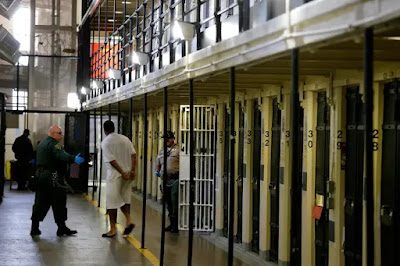Paul Savage took out $37,000 in student loans to get a degree in human resources management from Temple University, which he obtained in 1997. Later that year, he consolidated the loans at an 8 percent interest rate, but he never made a single payment on the debt.
Twenty-five years later, Savage tried to discharge his student loan debt in a Georgia bankruptcy court. By this time, his outstanding loan balance had ballooned to approximately $250,000.
Educational Credit Management Corporation, perhaps the U.S. Department of Education's most ruthless debt collector, opposed Savage's attempt to discharge his massive student loan obligation. It argued that Savage was eligible for REPAYE, a 20-year income-based repayment plan. Based on his low income, Savage's required monthly loan payment would be zero.
Furthermore, ECMC argued that Savage failed to make a good-faith effort to repay his debt, which barred him from bankruptcy relief.
Bankruptcy Judge Sage Sigler rejected ECMC's arguments and discharged Mr. Savage's student debt. Judge Sigler's reasoning was as follows:
First, the judge ruled that Savage had managed his loans in good faith. Although he failed to make any payments for over 25 years, Savage had either been enrolled in an income-based repayment plan or a government-approved deferment program and had never been in default. In addition. Savage had made good faith efforts to maximize his income, despite his average annual earnings over the years being only $14,000.
At the time of his bankruptcy filing, Savage was 57 years old. If he were forced into a 20-year income-based repayment plan that required him to make no payments, interest would accrue over the next two decades, increasing his total student loan debt to $1 million.
In short, Judge Sigler ruled that repaying his student loans would impose an undue hardship on Mr. Savage, and thus, he was entitled to bankruptcy relief.
Implications
Paul Savage was fortunate to have Judge Sigler presiding over his bankruptcy case. Many bankruptcy judges have refused to discharge student loan debt, even in cases with facts more dire than those presented by Savage.
ECMC has repeatedly argued that student loan borrowers who qualify for income-based repayment plans are ineligible for bankruptcy relief if their monthly payments are de minimis. Fortunately, many bankruptcy judges have begun to reject that argument for the same reasons Judge Sigler did.
It's nuts for the federal government, acting through private debt collectors, to oppose student-loan bankruptcy relief for people like Paul Savage. Democratic politicians seeking ways to support their young constituents should advocate for legislation that affords bankruptcy relief to overburdened debtors who have handled their student loans in good faith.
Congress hasn't acted because many congressional legislators view the higher education industry as their core constituency, not college students. The higher education industry is content with the status quo, which allows colleges to charge outrageous tuition prices, knowing that students and their parents will borrow the money to pay the bill.
 |
| Bankruptcy Judge Sage Siegler |
















